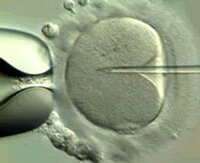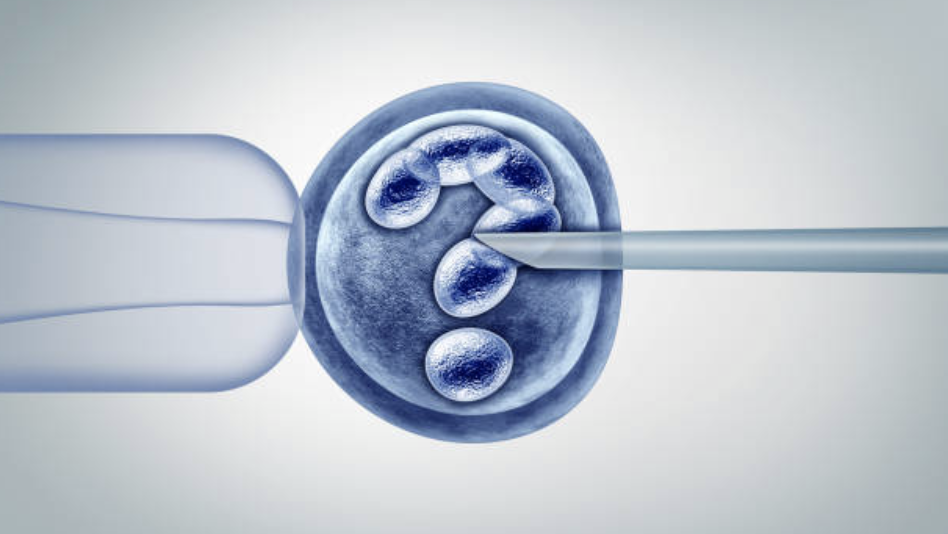Finding out that you or your partner is experiencing sub-fertility or infertility issues can take a huge toll on your emotional health and your relationship, but there are lots of reasons to be hopeful if you still want a baby.
Science keeps advancing, treatments keep getting better, and more and more babies are being born using new techniques.
The technique you may need will depend largely on the cause of your infertility. Bear in mind also that the cost varies widely; and that when you begin your journey, you may not be sure of the total cost, as you may need to try several times or alternative options before you are successful.
Here is a quick synopsis of some available fertility options:
- Fertility Drugs
- In Vitro Fertilisation (IVF)
- Intra-Uterine Insemination (IUI)
- Intracytoplasmic Sperm Injection (ICSI)
- Donor Sperm
- Donor Eggs
- Donor Embryos
- Reproductive Surgery
Fertility Drugs
How they work:
Injected or taken in pill form, the drugs release hormones that induce ovulation to boost egg production and make the uterus more receptive to embryo implantation.
Best for:
Women who don’t ovulate regularly or who have partners with very poor sperm quality. Avoid if you have damaged or blocked fallopian tubes or scarring from endometriosis (they require IVF).
Pros:
The drugs are typically the first choice in fertility treatment because of their low cost and relative convenience.
Cons:
Possible bloating, headaches, hot flashes, and nausea. Side effects are worse with the shots, and include risk of multiple births, premature delivery, and formation of large ovarian cysts.
In Vitro Fertilisation (IVF)
 How it works:
How it works:
Multi-step process (called a cycle) in which your eggs are extracted and fertilised with sperm in a lab. Once embryos develop, one or two are implanted in your uterus and the rest are stored.
Best for:
Older women or women with blocked or severely damaged fallopian tubes or scarring from endometriosis; men with very poor sperm quality; couples with unexplained infertility.
Pros:
Couples with serious fertility problems can become parents.
Cons:
Treatments are costly and physically demanding, and require a rigorous regimen of fertility drugs before the start of each cycle.
Intra-Uterine Insemination (IUI)
How it works:
Specially prepared (“washed”) sperm is inserted directly into the uterus through a thin, flexible catheter during IUI, the most common fertility method. If you choose this method, your doctor might recommend that you take fertility drugs as well, to increase the chances of fertilisation.
Best for:
Cases in which men have slow-moving or lower quality sperm or a low sperm count. Also for women who have produced antibodies to their partners’ sperm or whose cervical mucus is too scant, acidic, or thick to transport the sperm to the egg.
Pros:
A simple procedure that can be performed in a doctor’s office.
Cons:
Can result in multiple births; possible side effects of fertility drugs.
Intracytoplasmic Sperm Injection (ICSI)

How it works:
An embryologist selects a healthy-looking, single sperm from the male’s semen and injects it directly into the egg with a microscopic needle. Once an embryo develops, it is transferred into the uterus through IVF.
Best for:
Couples in which the man has a very low sperm count or poor sperm quality.
Pros:
Men who have a very low sperm count can become biological fathers.
Cons:
Costly and involved procedure; the drugs required for IVF have many side effects
Donor Sperm
How it works:
Sperm from a man other than the intended father is used during IUI or IVF.
Best for:
Couples experiencing male-factor infertility, men carrying genetic disorders they don’t want to pass on to their children, single women, or lesbian couples.
Pros:
Enables infertile men, carriers of genetic disorders, and single or lesbian women to have a child.
Cons:
Some men may be uncomfortable with a donor who has no genetic relationship to them.
Donor Eggs

How it works:
Eggs are obtained from the ovaries of another woman (usually younger) and fertilised by sperm from the recipient’s partner. Resulting embryos are then transferred into the recipient’s uterus.
Best for:
Women whose ovaries are damaged or prematurely failing, or who have undergone chemotherapy and/or radiation; older women with poor egg quality; and women who carry genetic disorders that they don’t want to pass along.
Pros:
Enables older women and those with ovarian problems to become mothers.
Cons:
The procedure is expensive; the recipient must take a rigorous drug regimen with many potential side effects; and some women with no genetic link to the donor eggs may be uncomfortable using them.
Donor Embryos
How it works:
Embryos are donated by couples undergoing IVF who become pregnant and no longer need unused fertilised eggs. The donated embryo is then transferred into the recipient.
Best for:
Couples in which both woman and man are infertile but want to experience a pregnancy.
Pros:
Enables infertile couples to have a childbearing experience.
Cons:
Medical screening and a rigorous fertility drug regimen; it may also be hard to find donated embryos, as couples may be reluctant to give them up.
Reproductive Surgery
How it works:
Surgery is used to correct anatomical abnormalities, remove scarring and clear blockages in either the man or the woman.
Best for:
Couples with diagnosed diseases or abnormalities (such as endometriosis, wherein uterine tissue grows outside the uterus, causing scarring and blockages).
Pros:
Besides reducing any pain or discomfort associated with the disease, it may increase the likelihood of pregnancy.
Cons:
Some surgeries are more invasive than others, which can increase the risk, cost, and recovery time.

